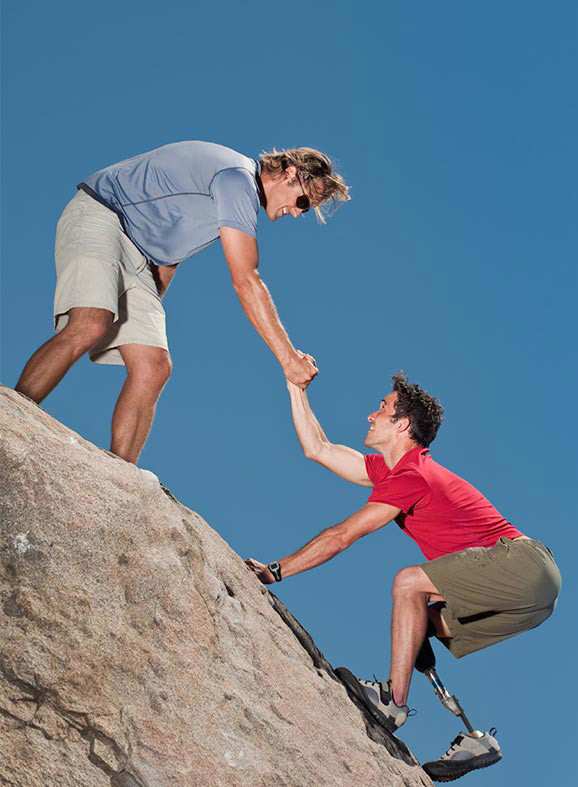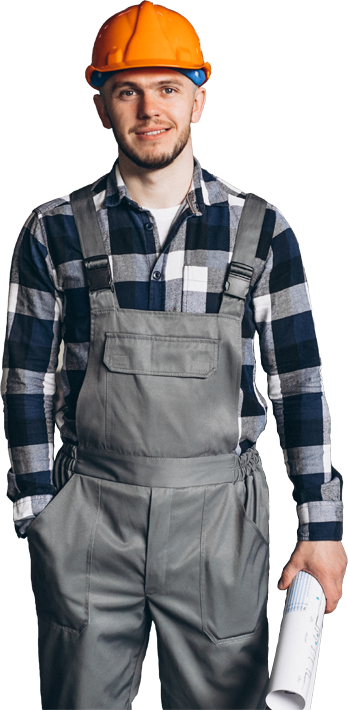
Technology
Many who are unfamiliar with the orthotics and prosthetics profession may not be aware of the technological advancements being made in the development of O&P devices. Improved materials and technologies are enabling many individuals with disabilities to return to activities they previously enjoyed.
Custom-fabricated and custom-fitted prostheses and orthoses require high strength and low weight. Accordingly, materials originally developed for aerospace applications are often utilized in the fabrication of prostheses and orthoses. Advancements in technology continue to improve patient care outcomes. Technological breakthroughs such as electronic knees and computer imaging are changing the way orthoses and prostheses are enabling patients to fulfill their potential.
Materials used in each device depend on the weight of the user, their desired activities, and their personal preferences. Flexible polymers provide increased comfort for patients. Carbon fiber, Kevlar, and titanium are all used for reducing the weight and increasing the strength and durability of the device.
Many arm prostheses have electrically powered hands and elbows. Simple switches may be used to control these, but it is also possible to use sensors on the skin to detect signals generated by muscles (myoelectric signals) to control the prosthesis. In some instances, microprocessors are used in analyzing and processing the myoelectric signals. Users of this kind of "bionic arm" can have both the delicate touch to pick up an egg and the strength to grasp a heavy object.
Electronic knee joints for prostheses can now be programmed for the individual patient. A computer chip allows the knee joint to sense changes in position, speed and force, enabling patients with amputations to walk down stairs and hills with confidence. There are prosthetic feet made especially for running, golfing, or swimming. Orthoses can be made with patterns and colors to make wearing them more fun for children.
The range of options available today require the prosthetist/orthotist to be well trained and educated to analyze the individual needs of each patient and to develop appropriate recommendations. Considerable skill is needed in working with the device and the patient to ensure that optimal fit and function are achieved.
If you'd like to see some of this cutting edge O&P technology, contact opSolutions at 210.614.5500.

